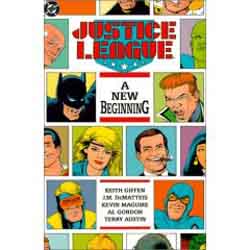
By Keith Giffen, J.M. DeMatteis, Kevin Maguire, Al Gordon & various (DC Comics)
ISBN: 0-930289-40-4
When the continuity altering shenanigans of Crisis on Infinite Earths produced such spectacular commercial success, DC felt more than justified in revamping a number of their hoariest icons for their next fifty years of publishing. As well as Superman, Flash, and Wonder Woman, the Justice League of America was earmarked for a radical revision.
Editor Andy Helfer assembled plotter Keith Giffen, dialoguer (?) J.M. DeMatteis and neophyte penciller Kevin Maguire to produce an utterly new approach to the superhero monolith: they played them for laughs.
Combining a roster of relative second-stringers Black Canary, Blue Beetle, Captain Marvel, Dr, Fate, Guy Gardner/Green Lantern, and Mr. Miracle with heavyweights Batman and Martian Manhunter – as nominal straight-men – and later supplemented by Captain Atom, Booster Gold, Dr. Light, and Rocket Red, they mixed high-speed action with quick-fire humour for a truly revolutionary – and popular – delight.
Introducing the charismatic and manipulative Maxwell Lord, who used his wealth and influence to recreate the super-team, the creators unfolded a mystery that took fully a year to play out. The team passed the time fighting terrorist bombers (#1, ‘Born Again’ inked by Terry Austin), displaced Alien heroes determined to abolish Nuclear weapons (#2-3 ‘Make War No More’ and ‘Meltdown’) and good old fashioned super-creeps like the Royal Flush Gang (#4 ‘Winning Hand’).
‘Gray Life, Gray Dreams’ and ‘Massacre in Gray,’ guest-starring the Creeper, was a supernatural threat dealt with in issues #5-6, and Lord’s scheme bears fruit in #7’s ‘Justice League… International’ as the team achieves the status of a UN agency, with rights privileges and embassies in every corner of the World.
These are wonderfully light yarns full of sharp badinage and genuinely gleeful situations, perfect for the Ghostbusters generation. That the art is still great is no surprise, and the action still engrossing is welcome, but to find that the jokes are still funny is a glorious relief. Track this down and discover even after twenty years why fans still greet each other with the secret mantra “Bwah-Hah- Hah!â€
© 1987, 1989 DC Comics. All Rights Reserved.

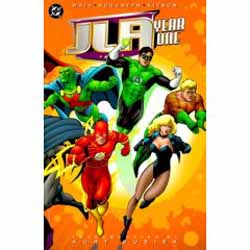
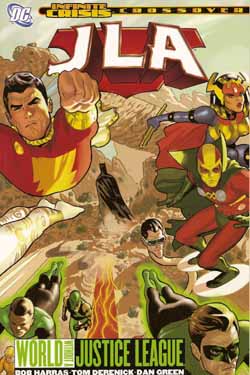 Â
 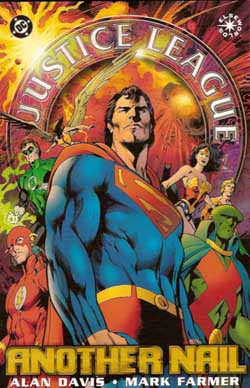 Â
 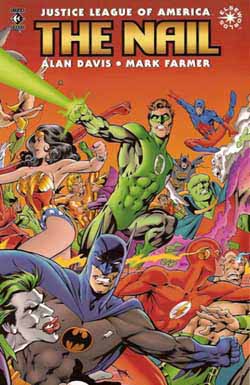 Â
 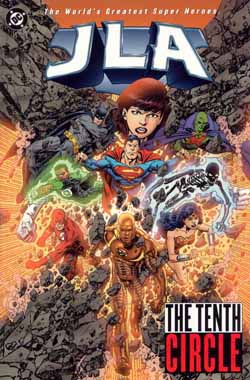 Â
 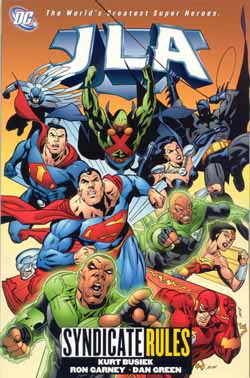
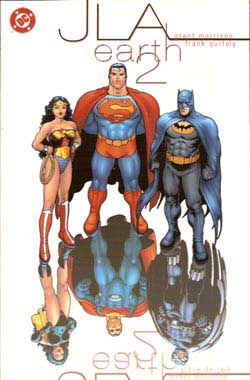 Â
 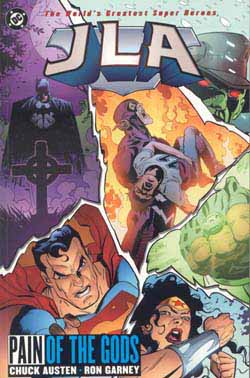 Â
 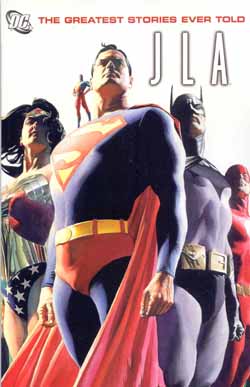 Â
Â